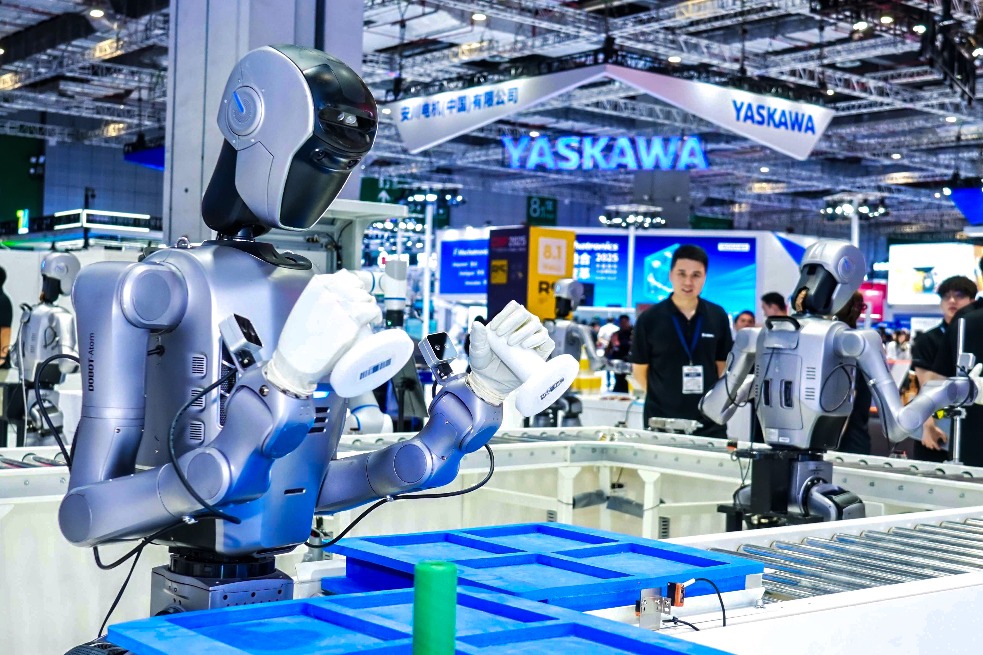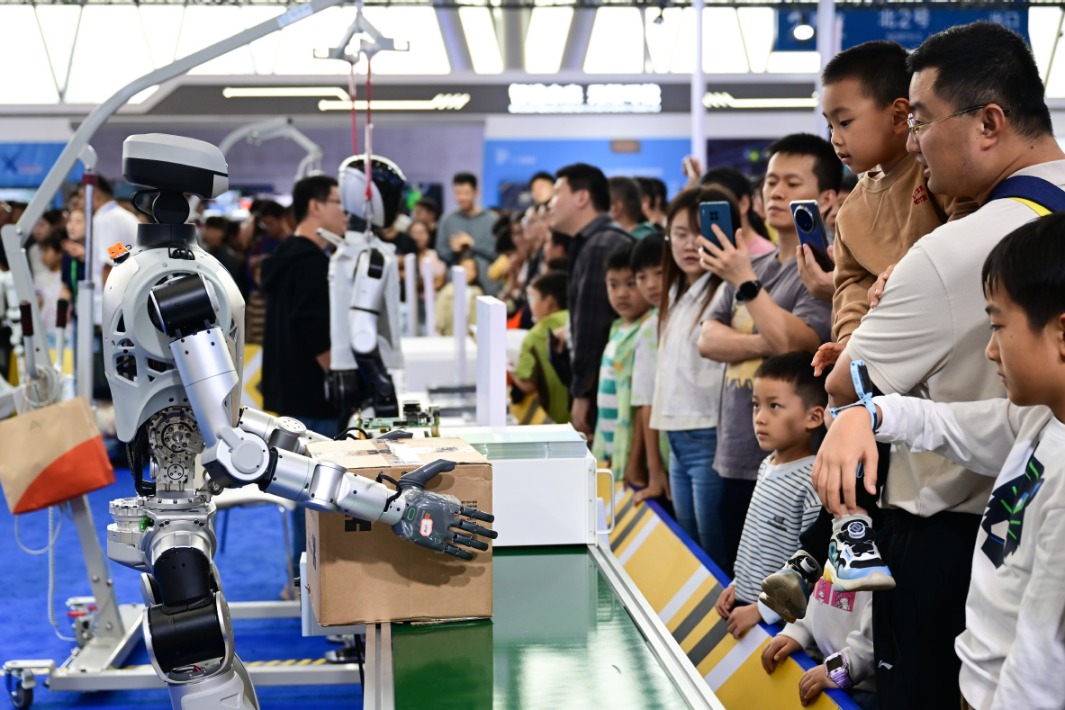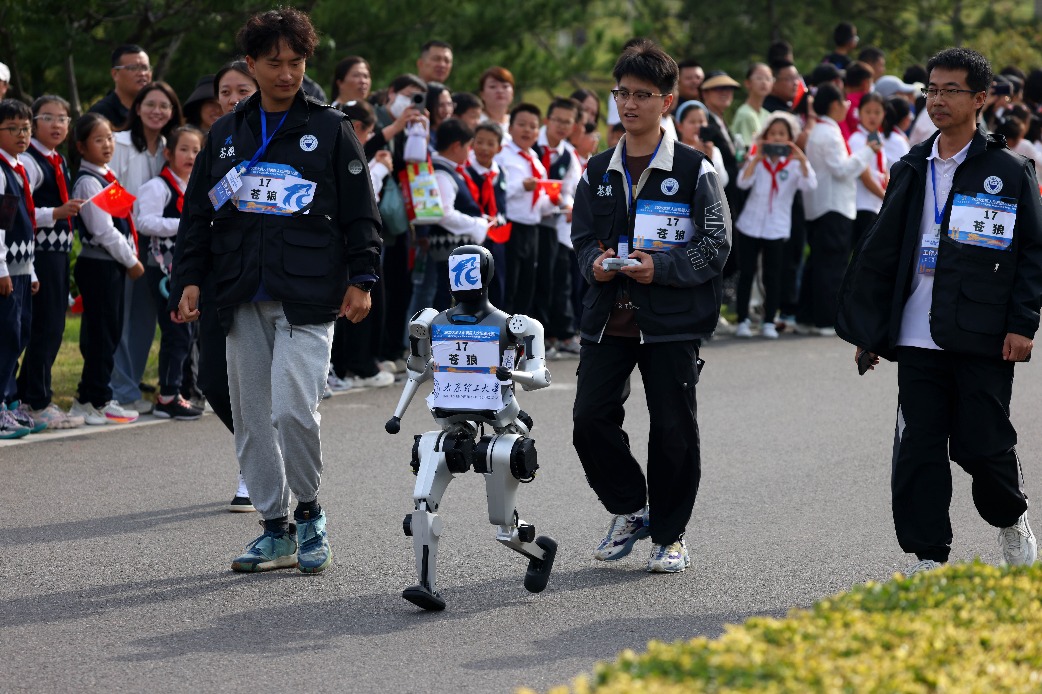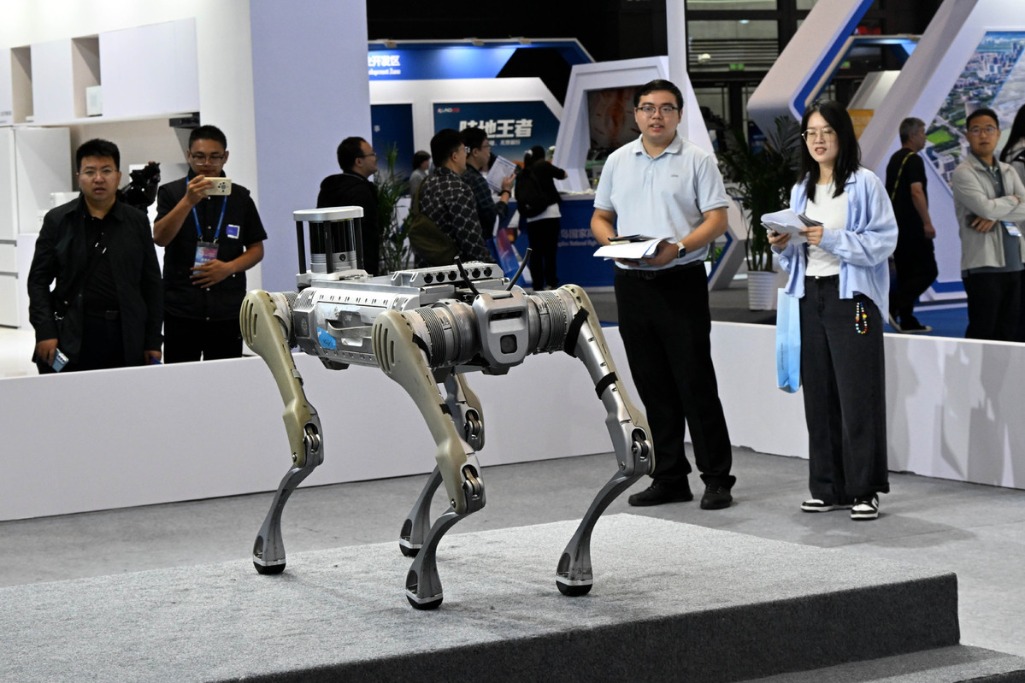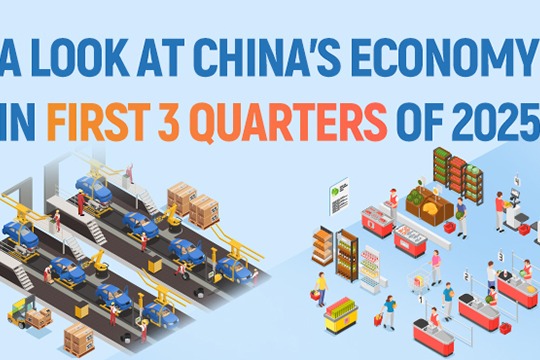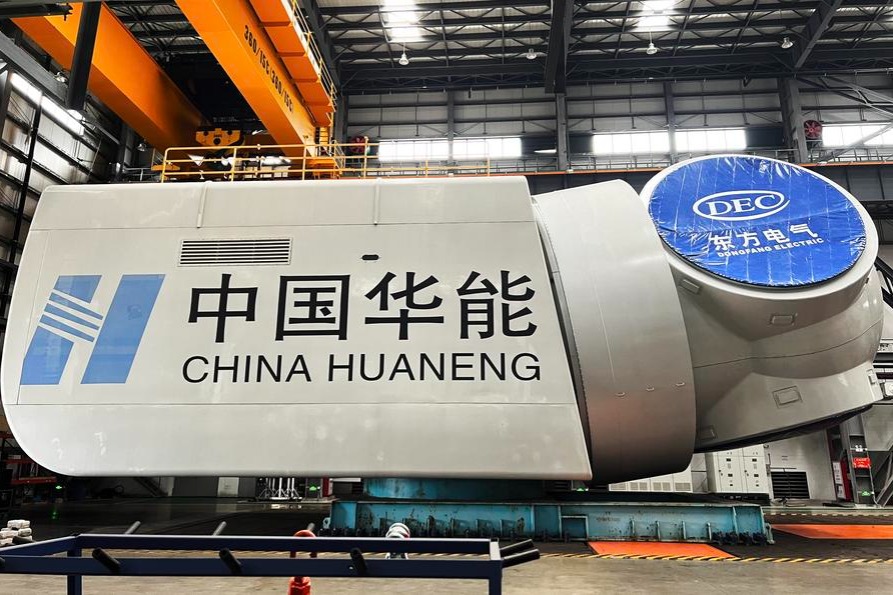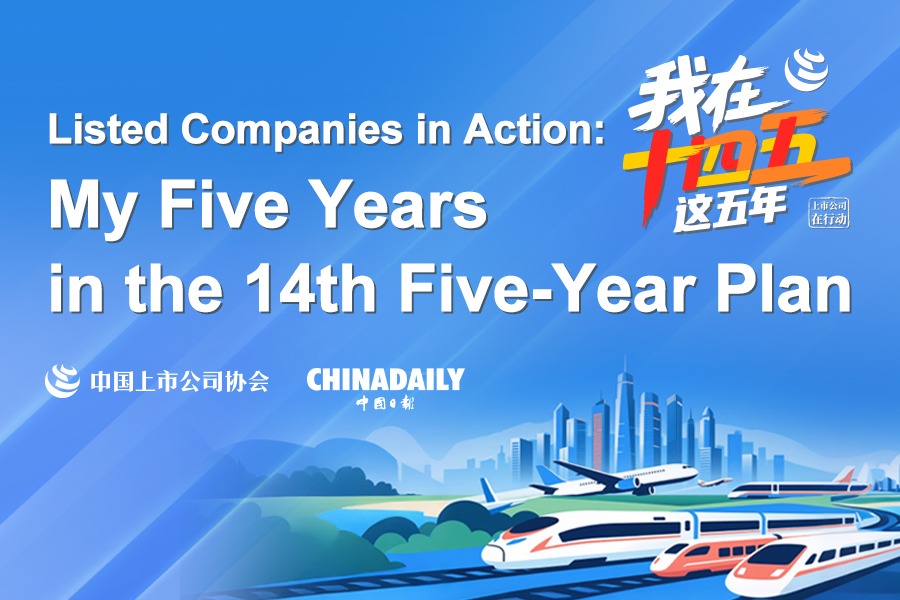Innovation, consumption key to growth

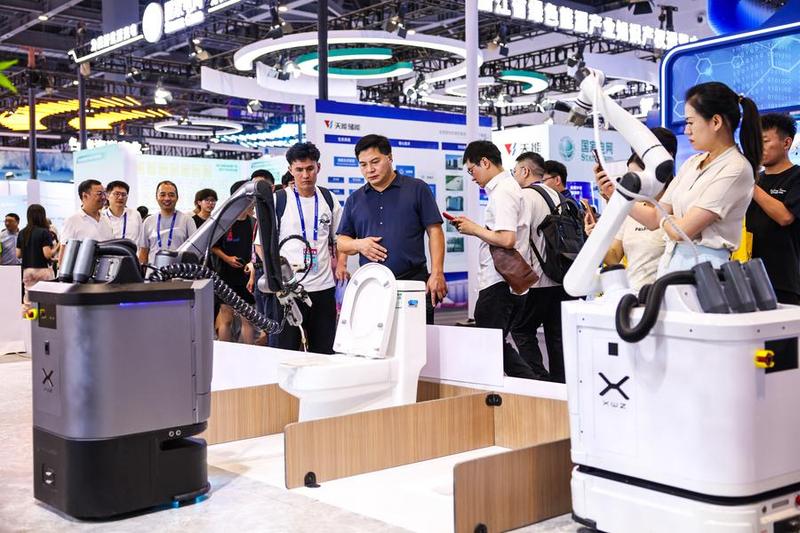
China is expected to pursue a dual-driven growth model powered by innovation-led supply-side upgrades and a stronger consumption demand base — a strategy economists believe will reinforce the foundations of high-quality development and keep the economy expanding steadily during the 15th Five-Year Plan (2026-30) period.
Wang Yiming, vice-chairman of the China Center for International Economic Exchanges, said China will push ahead with accelerating technological self-reliance, actively developing new quality productive forces, and making substantial breakthroughs in technological innovation and structural upgrading.
"At the same time, the government will continue to expand domestic demand, build a strong domestic market, and form an economic model driven by internal demand, consumption and endogenous growth.
"The country's ultra-large domestic market, complete industrial chain, rich talent pool and growing advantages in digital economy and new energy are transforming into new comprehensive strengths," Wang said at a monthly economic meeting held by the China Center for International Economic Exchanges in Beijing on Thursday.
Wang stressed that building a modern industrial system requires innovation to lead the way. "China needs to move from technology catch-up to building leading advantages in selected areas," Wang said.
He also underscored the need to enhance enterprises' role as drivers of innovation and speed up the commercialization of research results.
"We must strengthen the integration between scientific and industrial innovation," he said. "More technological achievements should be transformed into real productivity."
On the demand side, Wang said boosting consumption remains key to expanding domestic demand.
Looking ahead, Wang suggested increasing household incomes through urban-rural income growth plans, raising the share of personal income in the distribution of national income, giving more weight to work remuneration in primary distribution, and channeling more fiscal spending into public services and people's livelihoods.
"When households spend less on essential services, they will have greater capacity for other types of consumption," he said.
Zhu Guangyao, former vice-minister of finance, shared a similarly upbeat outlook. "I believe that during the 15th Five-Year Plan period, China's economy can maintain a growth rate between 4.5 percent and 5 percent. That will lay a solid foundation for basically achieving socialist modernization by 2035."
Zhu said the next stage of growth will hinge on technological innovation in key areas, including renewable energy and artificial intelligence.
"Renewable energy represents the direction of future energy development, while AI is the fundamental condition for improving productivity. The integration of the two will provide a strong foundation for high-quality growth."

















